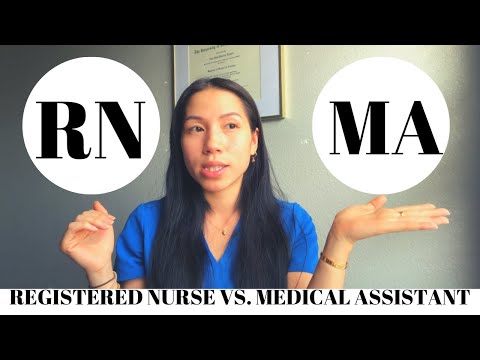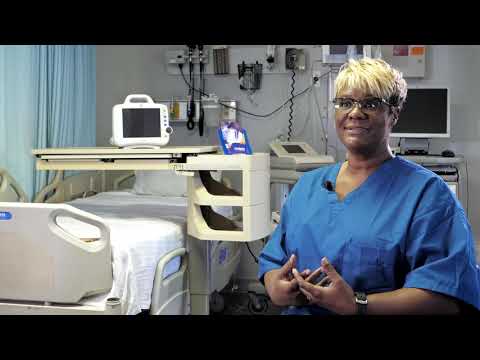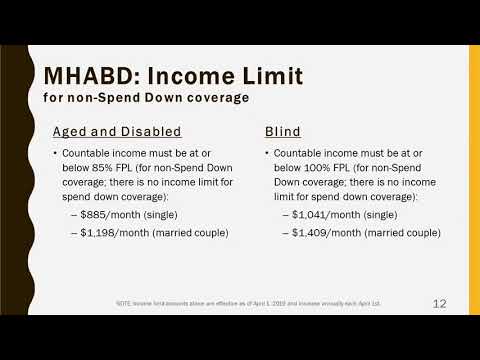How to Become a Registered Medical Assistant
Contents
- Introduction
- What is a medical assistant?
- Duties of a medical assistant
- Qualifications to become a medical assistant
- How to become a registered medical assistant
- The benefits of becoming a registered medical assistant
- The difference between a medical assistant and a certified medical assistant
- The salary of a medical assistant
- The job outlook for medical assistants
- Conclusion
A medical assistant is an allied health professional that supports the work of physicians and other health professionals, usually in outpatient clinics.
Checkout this video:
Introduction
Medical assistants are in high demand due to the growing healthcare industry. MAs typically work in a medical office or clinic, and their duties can vary from day to day. They might take patients’ vitals, schedule appointments or help with insurance paperwork. Some MAs even specialize in areas like optometry or podiatry.
If you’re interested in becoming an MA, there are a few things you need to do. First, you’ll need to complete a medical assistant training program. These programs typically last around six months and can be found at community colleges or technical schools. Once you’ve completed your training, you’ll then need to pass the Registered Medical Assistant (RMA) exam before you can officially start working.
What is a medical assistant?
A medical assistant is a allied health professional that supports the work of physicians and other health professionals, usually in a clinic setting. Medical Assistants treat patients, take medical histories, prepare patients for examination, assist during examinations, and perform basic laboratory tests. They also schedule appointments, keep medical records bill patients, and give information to patients about physicians’ orders. Many medical assistants have strong relationships with the patients they see on a regular basis.
Duties of a medical assistant
A medical assistant is someone who helps a physician with patient care, in both administrative and clinical tasks. They must be able to perform a number of different duties, including taking medical histories, scheduling appointments, handling correspondence, preparing patients for examination, and assisting with office procedures. In some states they may also be allowed to take X-rays and give injections. The duties of a medical assistant vary from office to office, and depending on state regulations.
Qualifications to become a medical assistant
To become a medical assistant, you need to have at least a high school diploma or equivalent, although some employers may prefer you to have completed a postsecondary medical assisting program. Most programs take about a year to complete and include both classroom and clinical instruction. Once you have completed your formal education, you will need to pass the Certified Medical Assistant (CMA) exam administered by the American Association of Medical Assistants (AAMA). Although certification is not required in all states, it may improve your employability. Finally, you will need to obtain a state license if your state requires it.
How to become a registered medical assistant
There are a few steps you need to take in order to become
a registered medical assistant. In most states, you will need to complete an accredited medical assisting program and pass a certification exam, such as the Certified Medical Assistant Exam administered by the American Association of Medical Assistants. Once you have completed these steps, you will then need to submit an application to your state’s regulatory board in order to receive your license.
The benefits of becoming a registered medical assistant
Medical assistants play a vital role in the day-to-day operations of medical facilities. They are responsible for a variety of tasks, including patient care, administrative duties, and clinical tasks.
There are many benefits to becoming a registered medical assistant. Perhaps the most obvious benefit is the potential for increased earnings. According to the Bureau of Labor Statistics, the median annual salary for medical assistants was $34,800 in May 2016. The top 10 percent of earners made more than $49,560, and the bottom 10 percent made less than $24,690.
In addition to increased earnings potential, registered medical assistants may also enjoy job security. The BLS projects that employment of medical assistants will grow by 29 percent from 2016 to 2026, much faster than the average for all occupations. This growth is due in large part to an aging population and an increase in the number of procedures and treatments that require medical assistance.
Registered medical assistants also enjoy greater freedom and flexibility than non-registered medical assistants. While non-registered assistants are generally limited to performing only those tasks that are directly related to patient care, registered medical assistants can perform a wide variety of administrative and clinical tasks. This flexibility can lead to increased job satisfaction and opportunities for career advancement.
The difference between a medical assistant and a certified medical assistant
The title of medical assistant is not regulated by the government, so anyone can call themselves a medical assistant. A certified medical assistant (CMA) has gone through an accredited medical assisting program and has passed a national exam, such as the Certifying Board of the American Association of Medical Assistants Exam (AAMA).
While not required, voluntary certification as a medical assistant demonstrates that an individual has the knowledge and skills to perform the duties of a medical assistant. It may also give an employer confidence that the individual is capable of performing the duties of a medical assistant and is committed to their profession.
Some states require CMAs to complete continuing education units (CEUs) to maintain their certification. Requirements for CMAs vary by state.
The salary of a medical assistant
Medical assistants are in high demand due to the aging population and the Affordable Care Act As a result, salaries for medical assistants are on the rise. The average salary for a medical assistant is $32,480 per year, or $15.59 per hour, according to the Bureau of Labor Statistics. The top 10 percent of medical assistants earn more than $43,590 per year, while the bottom 10 percent earn less than $24,550 per year.
The job outlook for medical assistants
The job outlook for medical assistants is expected to grow much faster than the average for all occupations through 2024, according to the U.S. Department of Labor. The aging Baby Boomer population will drive the demand for more preventive medical services, which are provided by physician assistants and other health professionals working in medical offices. The increasing popularity of group medical practices will also contribute to the employment growth of medical assistants.
Conclusion
To become a Registered Medical Assistant, you must first complete an accredited medical assisting program and pass the Registered Medical Assistant exam. Once you have completed these requirements, you will be able to use the title Registered Medical Assistant (RMA) and may list your credential after your name on resumes and job applications. You will also be eligible for membership in professional organizations, such as the American Association of Medical Assistants (AAMA).







